
Watchdog Sri Lanka
A factchecker, data journalism operation, public software builder, an open-source research collective.
My long-held dream of living as sustainably as possible, with the peace of mind, in a home of my own.
When I was 15 I decided that I would one day build a cottage somewhere far away and fuck off into a world where I didn’t have to worry about rent. I had Rs 200 in my account. My back-of-the-school-notebook projections were to hit this phase by the time I was 55. By the end of 2019, I had enough to buy 186 perches (1.16 acres) of mountainside in Kandy. Thanks to my writing, I’ve been able to beat my own deadline by 25 years, with house money to spare.
Finding land was an exercise in frustration and some good lessons about land scams. Navin, Thilani and I went halfway across Sri Lanka before ultimately settling on Kandy: it fit the criteria we needed - climate proofing for up to 2 Celsius rise, lower humidity and less smog (more breathable air than in Colombo), plus easy access to hospitals and transport.
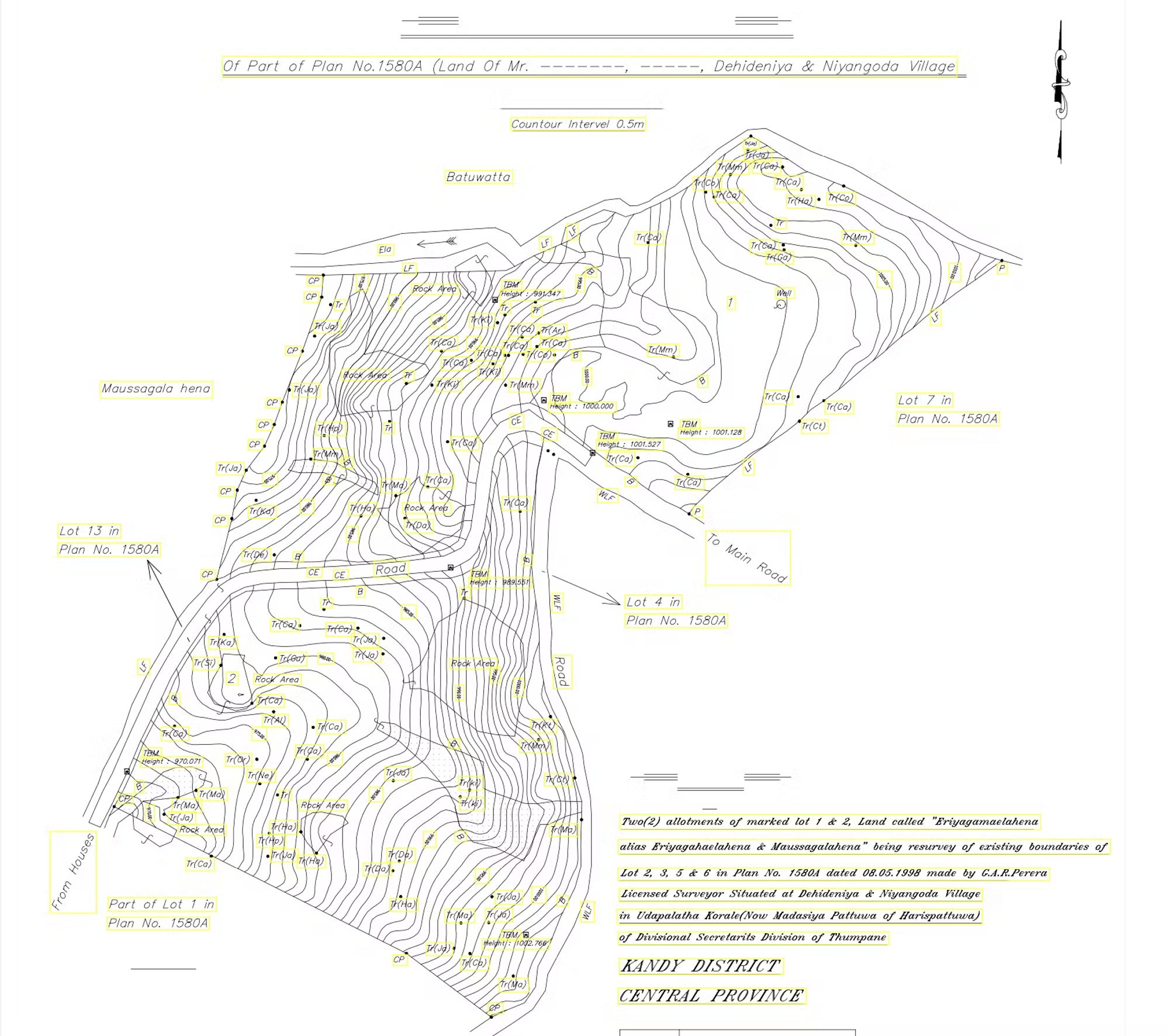
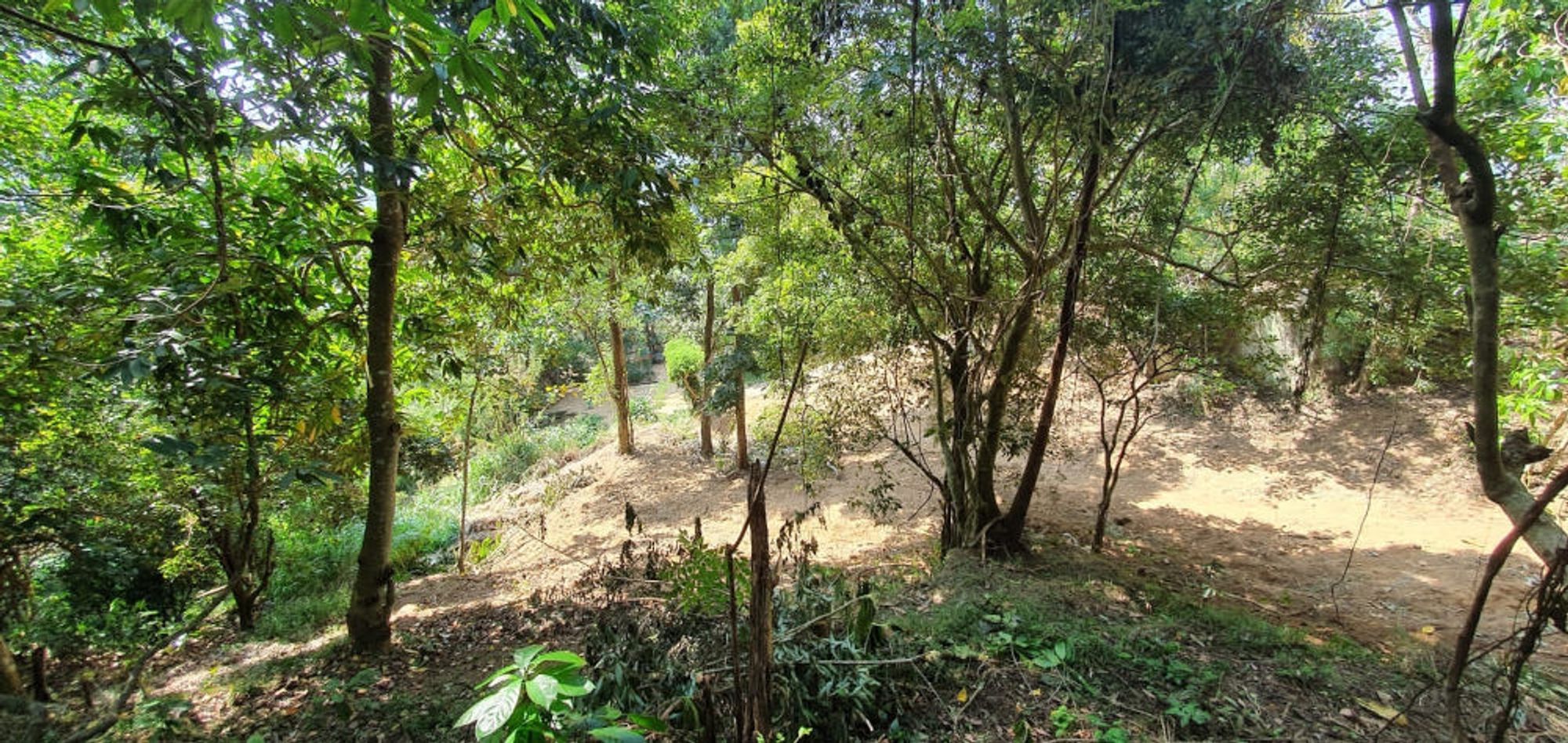
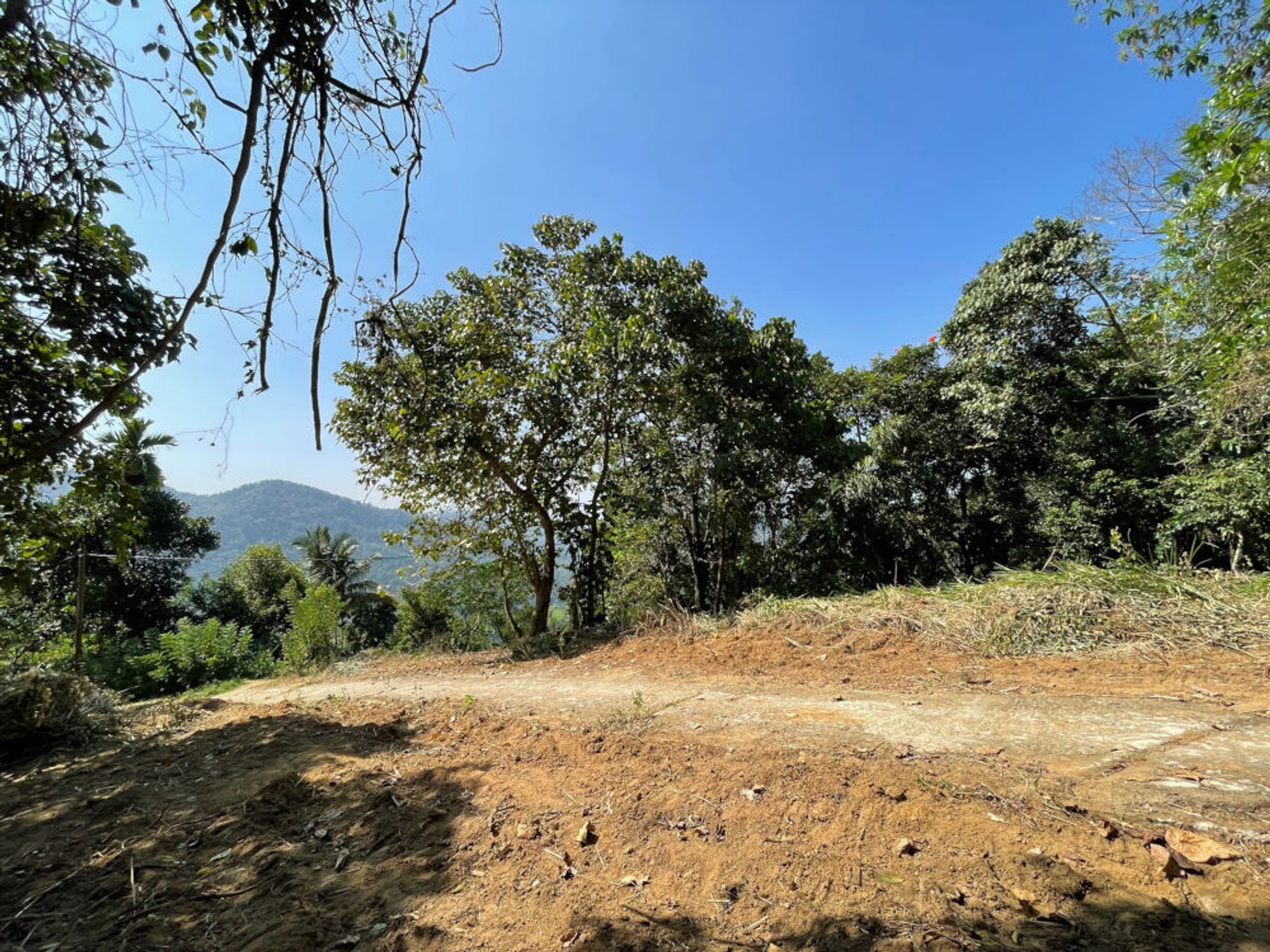
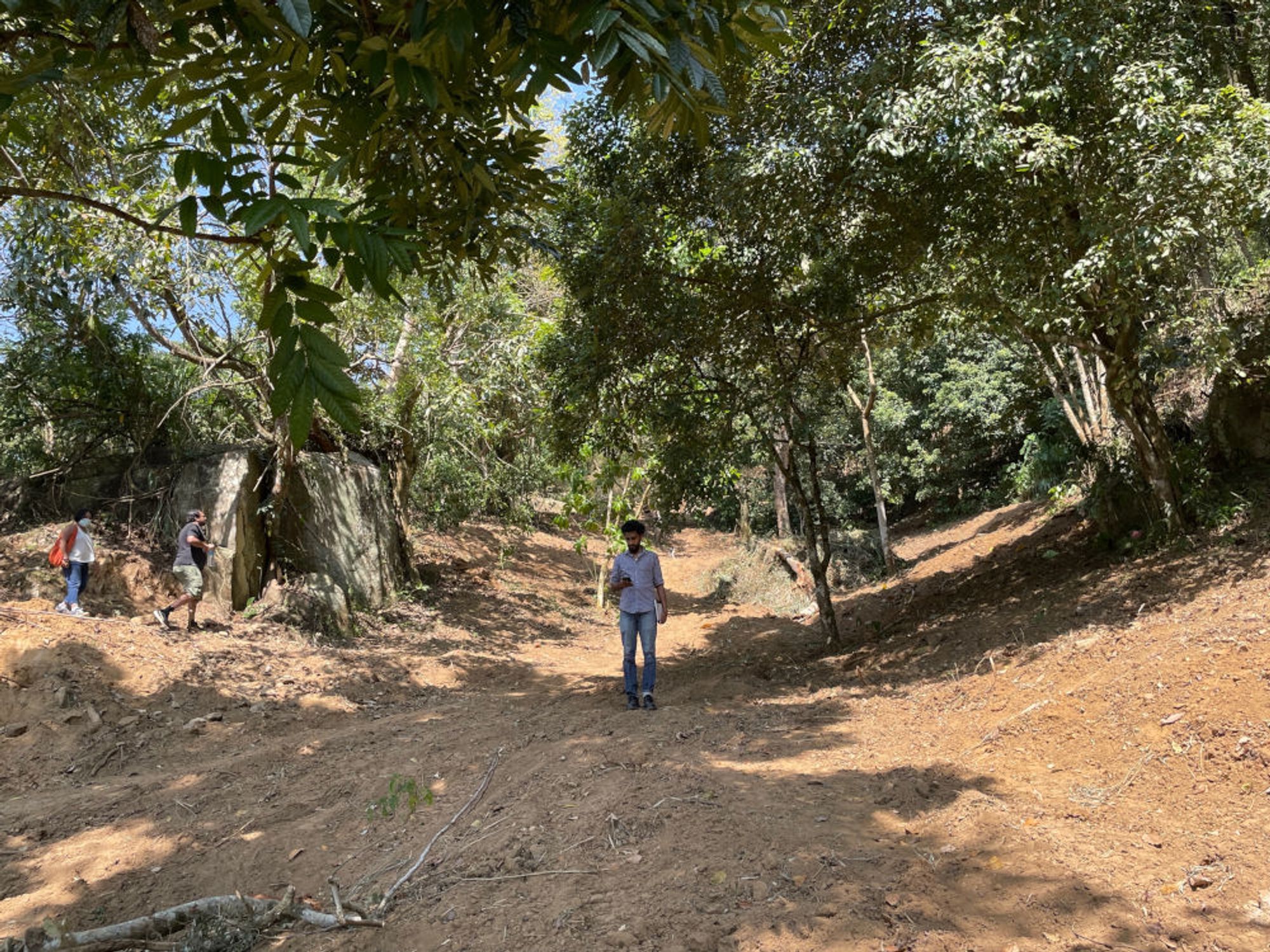
My plan was to build a house incorporating materials from the land itself - especially earth. I had three constrains to think of:
I think I went through practically every earthbag house video on YouTube, as well as the logs on The Mud Home. Then I got more serious: exploring modern engineering and architecture as well as ancient. Useful jump-off points were the work of Nader Khalili at CalEarth, Guedelon Castle, as well as Middle Eastern architectural features that I had first seen in Tunisia, such as wind towers.
We’ve moved away from the original A-frame longhouse-style design to something a little more spacious and complex, following the curve of the land. This means a lot more work on retaining walls but ultimately a far more elegant solution with better workspaces. It also allows us to build without disturbing the trees; a key goal here is to cut as few trees as possible, with the exception of කැන්ද (macaranga peltata), which is a pioneer plant that becomes invasive if left unchecked.
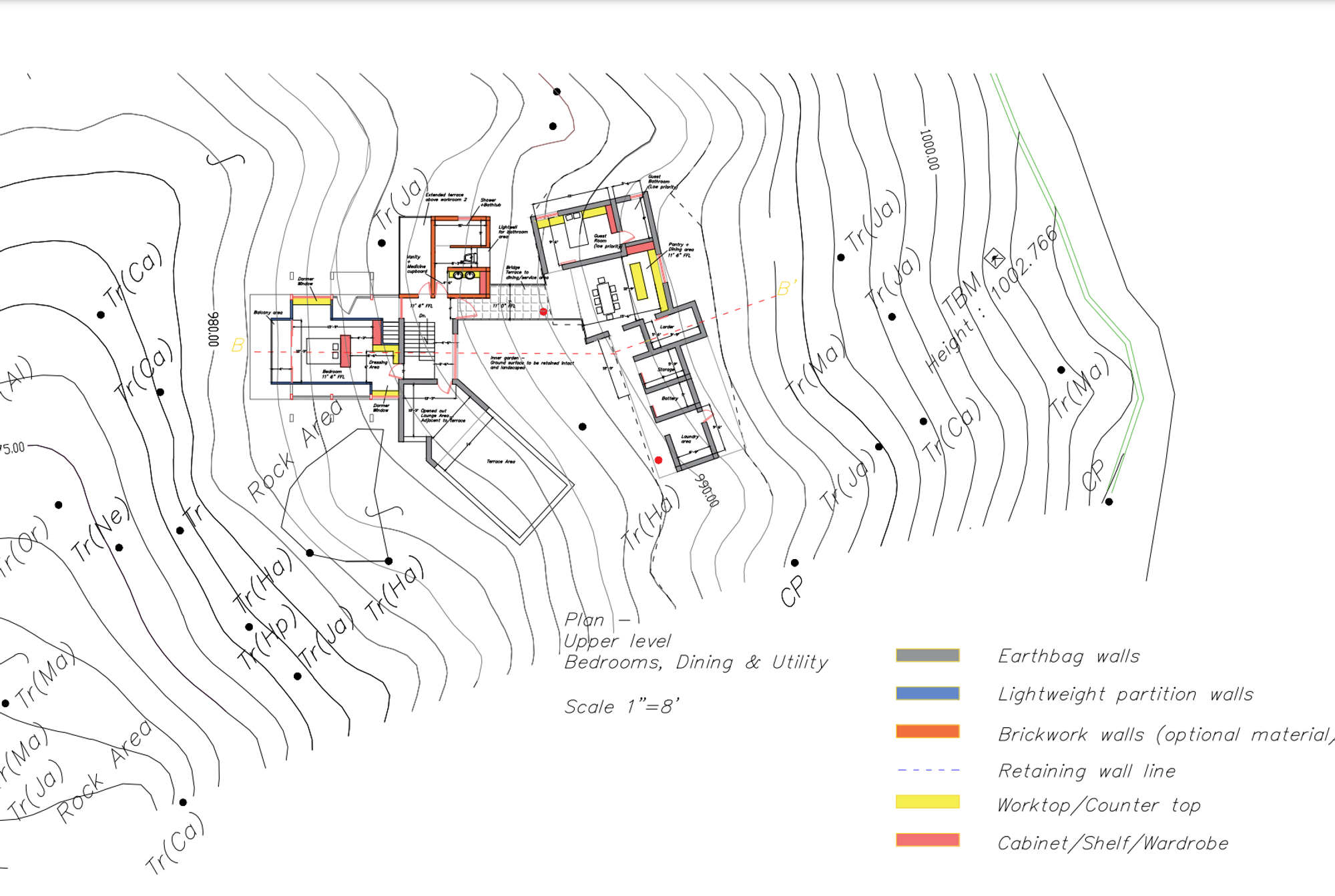
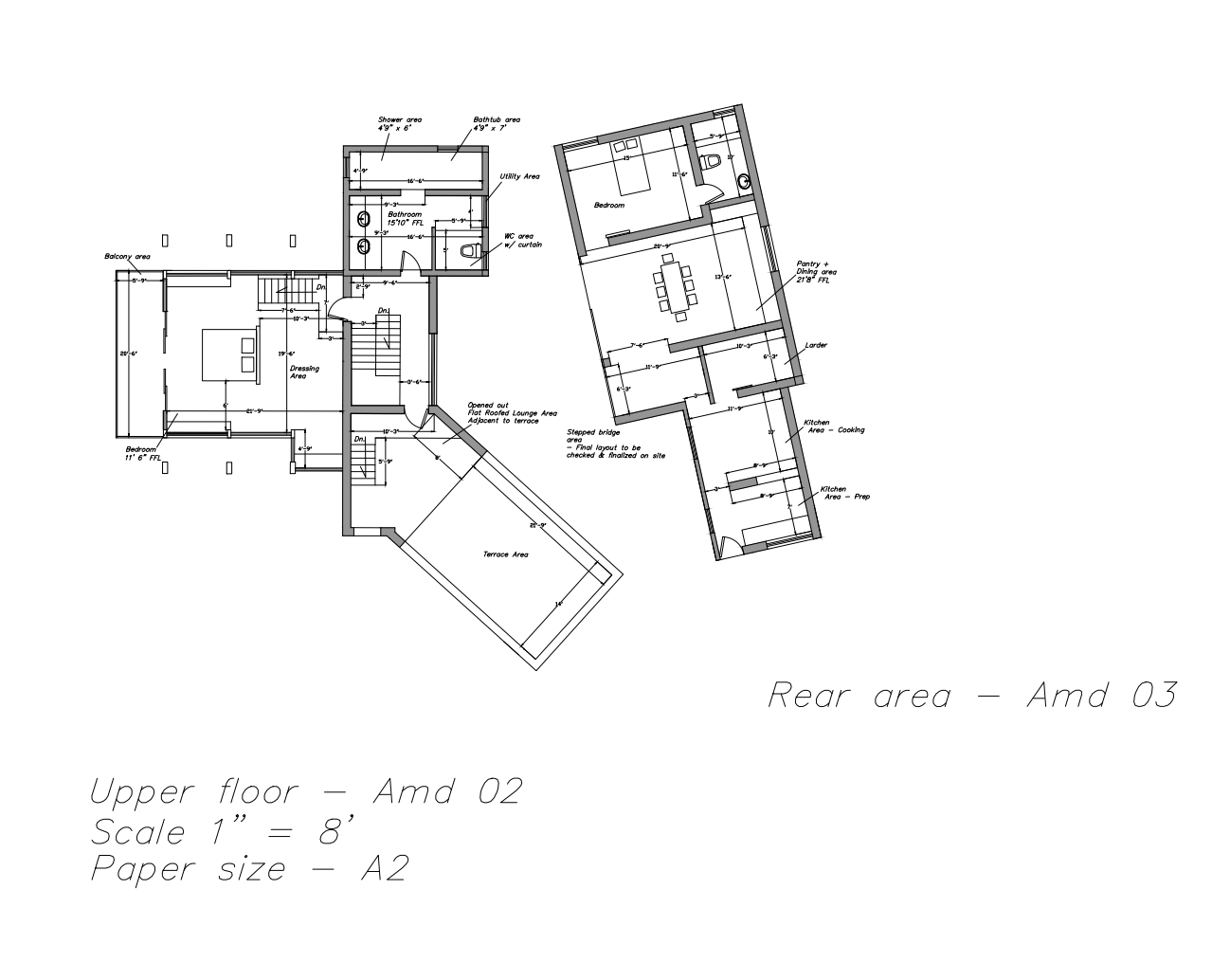
We’ve also commissioned a road to fix some of the more difficult bits. Concrete, expensive, but with this it should be possible to get vehicles up and down to the land without falling off the mountain altogether. It also is useful for the village, which has not seen road construction since 1992, according to the village headman (who lives next door and seems to occasionally conduct thoila rites to placate the gods of the forest and so on).